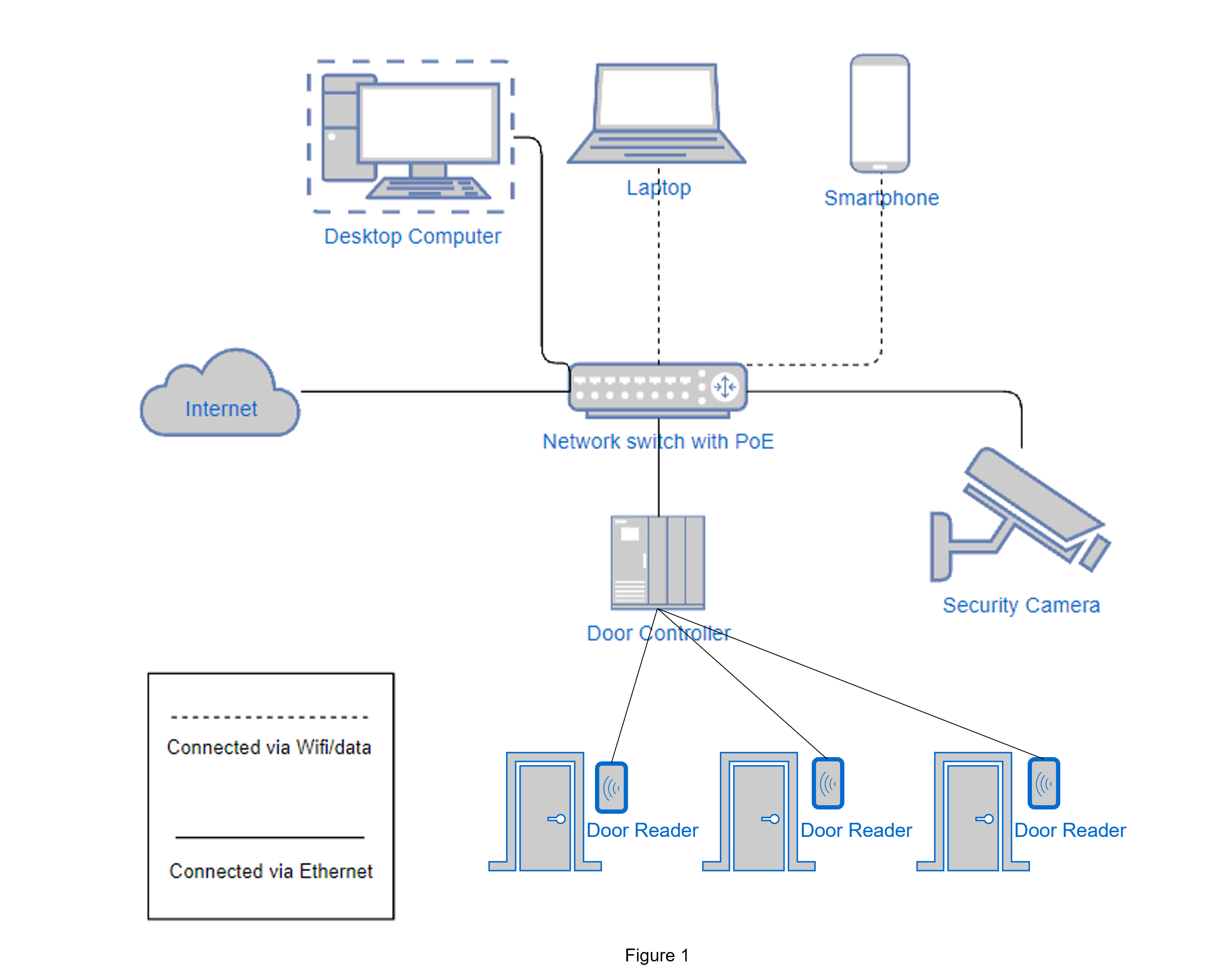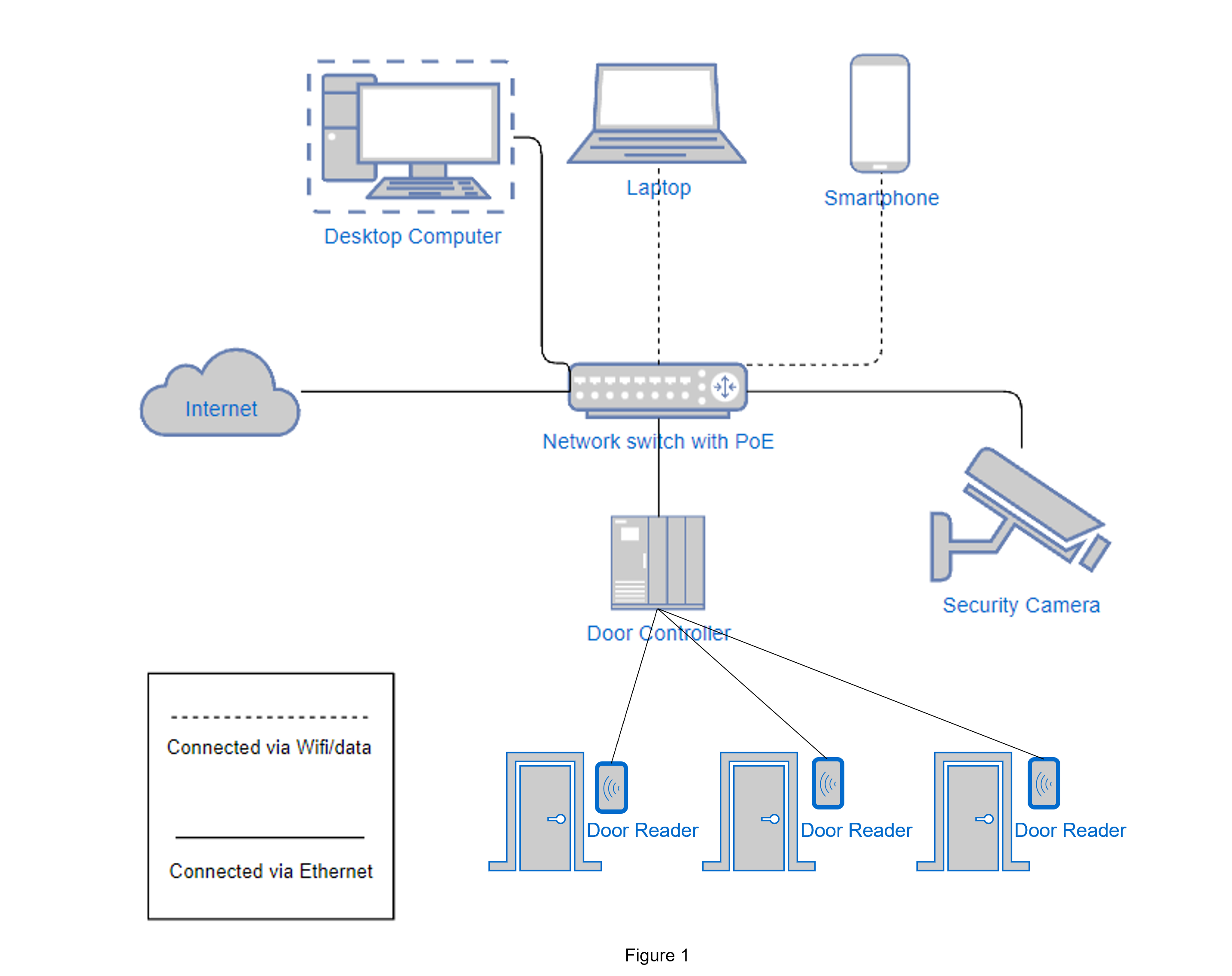
IP Based Access Control Systems
Introduction
There have been many technological advancements in access control systems over the years. From traditional electronic locks to modern IP based systems, the industry has evolved a great deal. Unlike standard electronic locking and electronic access control systems, IP-based access control makes it possible for security professionals to program and manage their door access from any computer or device connected to the internet. Let's get into it.
What are IP Based Access Control Systems?
IP based Access Control Systems are made up of four main components consisting of: controllers, readers, electric locks, and software.
IP Based Access Control Systems are more cost effective than older systems because you don't need to buy all new equipment and they can be used for more than just physical security. For example, an IP based access control system allows for easier maintenance and updates, integration with other security systems like fire alarms or video surveillance cameras. You can also access your system remotely from anywhere in the world through the internet!
How do computers and networked access control systems work together?
So you know that your access control system is a computer, but what exactly is a network and how do the two interact? A network is a group of computers connected to each other so they can share information. An IP address, or Internet Protocol Address, is like an address on the internet that tells your computer where to go when you type in “www.google.com” into your web browser. Each device connected to your network has its own IP address so it knows where to find other devices.
To facilitate communication in traditional legacy systems, dedicated cabling is required between individual components. Most legacy solutions communicate using data-communication protocols such as Wiegand and Open Supervised Device Protocol (OSDP).
IP-based access control works by sending commands from a computer over the network through an IP address until they reach another device on the same network (like an access control system). IP-based access control systems are also communicate using data-communication protocols such as Wiegand and OSDP.
Is an Ethernet connection necessary for IP-Based Access Control?
An Ethernet connection is in fact necessary for IP-Based Access Control. By contrast, serial connections are used by many older mechanical systems. An Ethernet connection enables you to connect multiple devices on a network and share information between them. This is critical for the proper operation of your access control system: it allows you to view and control all of your doors from a central location, as well as monitor activity at each door remotely.
Reasons why you would use IP Based Access Control?
There are many reasons why IP based access control systems are becoming more popular than ever before:
- Relatively inexpensive
- Quick install & setup
- Extremely convenient
- High level of security.
Conclusion
IP-based access control systems are not only the future of security but are also more convenient and efficient than older systems. They can communicate with each other over networks, allowing you to manage all your doors and gates from a single computer or mobile device.
Now is the perfect time to upgrade your facility’s physical access control system!
Book a demo to learn how Active Witness IP-based Access Control can help secure your business today.


